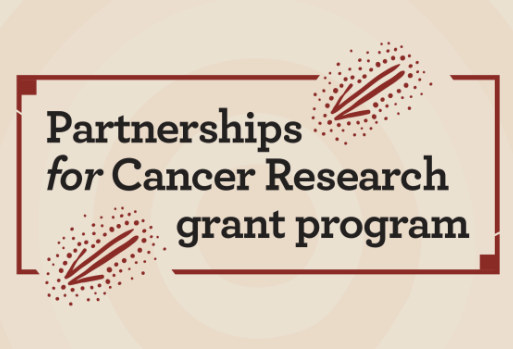SCU to lead $2.5m project to overcoming barriers for First Nations cervical screening
14 August 2025, 10:01 PM

For most women, cervical screening can be an awkward but necessary test. Yet for First Nations women, additional barriers, such as a lack of access to culturally safe care and stigma, are leading to lower screening rates, putting them at a higher risk of developing cervical cancer.
Southern Cross University (SCU) has been awarded $2,498,994 over three years from the federal government through Cancer Australia’s Partnerships for Cancer Research grant program for the innovative project, SISTASCREEN (2024/PCR/2044742).
SISTASCREEN will codesign and implement strategies to increase uptake of opportunistic cervical screening during pregnancy and postpartum for First Nations women.
The project’s chief investigator is Worimi woman Dr Marilyn Clarke from the Faculty of Health at the University’s Coffs Harbour campus. Dr Clarke is an obstetrician and gynaecologist who has been working on Gumbaynggirr country for the past 20 years.
“SISTASCREEN aims to increase cervical screening rates by offering the test during routine antenatal checkups,” said Dr Clarke.
“Antenatal visits at their local Aboriginal community-controlled health service is an opportunistic time to engage First Nations women in cervical screening in a way which ensures culturally safety and empowerment.”
Among First Nations women, there is a persistent disparity in the incidence and mortality of cervical cancer as well as in cervical screening rates.
“Engaging women early in positive cervical screening experiences and treatment pathways will set them up to engage in regular screening during their life course beyond the pregnancy. SISTASCREEN aims to ensure First Nations women are not left behind as Australia works towards the elimination of cervical cancer,” said Dr Clarke.
SCU will be partnering with the National Aboriginal Community Controlled Health Organisation (NACCHO) to create and deliver the project.
NACCHO CEO, Pat Turner AM, welcomed the partnership, saying: “For too long, our women have faced barriers to lifesaving screening and care, barriers rooted in systems that weren’t designed for us, by us. The truth is, we cannot eliminate cervical cancer in Australia while Aboriginal and Torres Strait Islander women continue to be left behind.
“SISTASCREEN is about more than closing a gap in statistics. It’s about putting Aboriginal and Torres Strait Islander women at the centre of solutions, embedding screening and care within our own health services, led by our own workforce, in a way that is culturally safe and empowering,” said Ms Turner.
“This project gives us the chance to reach women at a critical moment in their lives, while they are pregnant and engaging with antenatal care, so that we can support their health and wellbeing, now and into the future.NACCHO is proud to partner with Southern Cross University and our network of ACCHOs to drive this work forward.
Together, we are building the evidence, the workforce, and the trust needed to ensure every woman has the care she deserves. Our women’s health cannot wait, and neither can we.”
Six ‘early adopter’ sites will be selected as SISTASCREEN partners. The first to come on board is Bullinah Aboriginal Health Service at Ballina on the NSW North Coast. The project’s goal is 50 sites nationally in three years’ time.
“We'll work primarily with six early adopter sites. Once we've co-created and co-designed the resources, we then hope to roll it out to 50 sites across the NACCHO network,” said Dr Clarke.
“At the same time, we want to increase the capacity and skill level of the First Nations workforce.
“SISTASCREEN will build the capacity of health providers to have the confidence and knowledge to offer pregnant First Nations women a self-collected or clinician-collected cervical screening test.”
SISTASCREEN complements two other projects led by SCU, aiming to improve the health outcomes of Indigenous women: SISTABIRTH (culturally appropriate perinatal model of care for mothers and their babies) and iSISTAQUIT (cessation of smoking/vaping).
Facts
Australia’s First Nations women have more than twice the cervical cancer incidence (2.3 times) and an early four times (3.6 times) mortality rate than non- Indigenous women.
Increased risks are related to under-screening and late detection of pre-cancerous lesions, representing a system failure for Aboriginal women.
Cervical screening rates are lower for Aboriginal and Torres Strait Islander women due to a combination of factors, including cultural barriers, lack of awareness, logistical challenges, and historical and systemic issues. Additional barriers include remoteness, socioeconomic disadvantage, and the need for culturally safe healthcare services.
In 2023, only 42.5% of eligible First Nations women had a cervical screening test within the previous five years.

